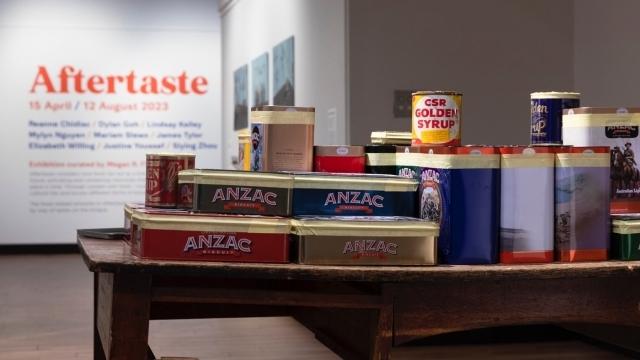
Photo (C) Silversalt photography
What exactly do we eat when we eat a biscuit? Everyday objects like biscuits contain unexpected, dense connections that illuminate material and cultural networks. Thousands of years before biscuits could be purchased in packets from the grocery store, twice-baked breads circulated as military rations. When we eat biscuits, we digest their military ration predecessors with each mouthful. Using taste and recipe formats as key methods, the multiyear research initiative Tasting History involves diverse publics in experiences of tasting and eating together.
The title is from Jacques in As You Like It. I'm working out how to compose a book from extensive, delayed, interrupted, wonderful fieldwork on biscuits and wheat-based survival foods over the last eight years. For this WIP iteration, I'll present the three case studies and then talk about my current thinking about the book's shape and form. The case studies are Anzac biscuits, hardtack, and frybread, a Native/Turtle Island food that is exactly what the name promises.
Lindsay Kelley is Senior Lecturer at the School of Art and Design, Australian National University. Working in the kitchen, her art practice and scholarship explore how the experience of eating changes when technologies are being eaten. Her first book, Bioart Kitchen: Art, Feminism and Technoscience (London: IB Tauris, 2016, reissued Bloomsbury 2022), considers the kitchen as a site of knowledge production for art and science. Her second book, After Eating: Metabolizing the Arts, is forthcoming from MIT Press, anticipated in print in December 2023. The recipient of an Australian Research Council Discovery Early Career Researcher Award (2019-2022), she has exhibited and performed internationally.
Location
Speakers
- Dr Lindsay Kelley, ANU